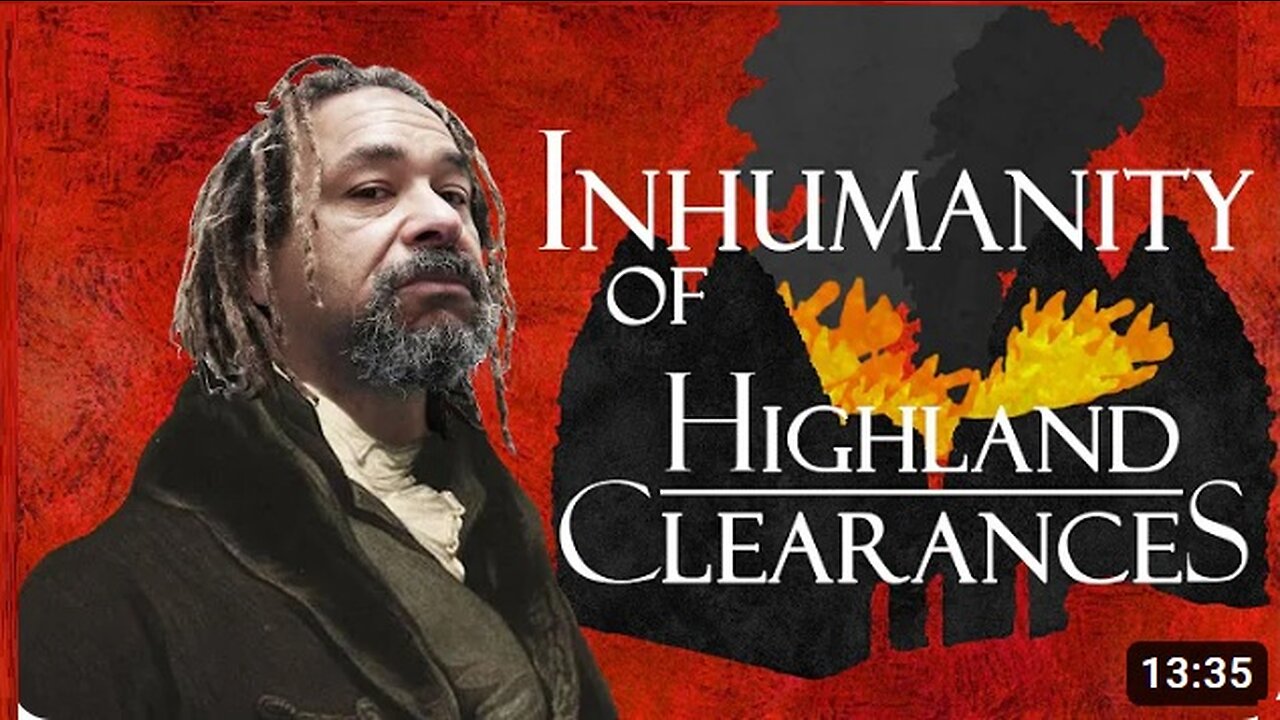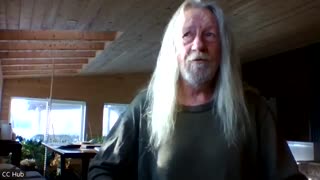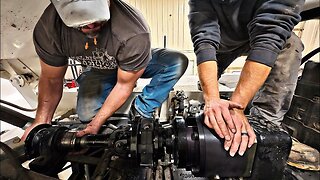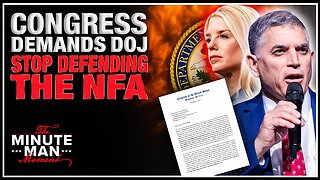Premium Only Content

The Highland Clearances - is a Repeat of history UNDRIP
In Highland Clearances and The Duke of Sutherland Scottish history tour guide Bruce Fummey tells one of the saddest Tales from Scotland's History.
contact us for solutions we are working on https://constitutionalconventions.ca/
The Highland Clearances - Seems to be allot like UNDRIP - Reorganizing Humanity?: The Tyrannical Designs of the UN’s Agenda 21 and Agenda 2030
THE HIGHLAND Clearances are an infamous chapter in Scottish history, the cruel story of how the Highland people were dispossessed of their homes by their landlords. So emotive is the subject that many writers denounce the clearances as the first act of modern ethnic cleansing. Yet, while economic forces did change the face of the Highlands forever, the clearances were not a single act of genocidal intent.
The clearances largely took place between the 1770s and 1850s, although eviction struggles continued until the end of the 19th century, such as the Battle of the Braes in 1882. The end of the Highland way of life really began with the Jacobite defeat at Culloden in 1746, when the British government swiftly acted to break the resistance of the proudly independent Gaelic society. Highlanders could no longer meet in public or bear arms. The wearing of tartan, teaching Gaelic and even playing the bagpipes were outlawed by the 1747 Act of Proscription.
The act was repealed in 1782, but by then a more grave set of threats to the old clan system had emerged: economic collapse and agricultural revolution. The Highland economy was based largely on subsistence farming and the export of cattle, as well as kelp from the coast used to make glass and soap. At the time, many landlords complained not that there were too many Highlanders but that too many were leaving, forcing the government to pass the 1803 Ships’ Passengers Act that tightened emigration laws.
This situation changed radically as the cattle and kelp industries collapsed following peace with France in 1815. At the same time, the agricultural revolution began changing the shape of farming throughout Europe from small- to large-scale production. The early Highland Clearances occurred alongside the second round of enclosures in England, where small holders were forced to leave common lands. Further, the agricultural economy shifted as demand grew for sheep in the newly industrialising cities.
Sheep became more desirable to some landlords than their Highland tenants. The most notorious of the Highland Clearances occurred on the estates of the Countess of Sutherland between 1811 and 1821. Riots in Sutherland in 1813 failed to dissuade the Countess from her desire to replace Highlanders with sheep. Many families were burned out of their home. A local, Donald MacLeod, reported that from a hill he saw 250 homes from one district ablaze. The fires lasted six days. In 1816, the Countess’s factor, Patrick Sellar, was acquitted by a court on charges of arson and culpable homicide.
Not all landlords had such little respect for the people. “Their forefathers got and secured my estates by their blood and their lives and I think they have a natural claim to share in it,” one Highland chief is said to have told economist Adam Smith. The collapse of the local economy was worsened by a population explosion, placing a burden on farmers to produce enough food while also battling a potato famine. In 1826 the Lord of Rum, MacNeil of Canna, found he could not support the population on a rent of 300 per year and so offered his people all their cattle and the sum of 600 to emigrate to America.
Public pressure also came to bear on the conduct of landlords to their tenants. In 1850 a Scotsman editorial thundered against the burden placed on Edinburgh's poor rates by the arrival of dispossessed tenants from the Isle of Barra. Their landlord, John Gordon of Cluny, was persuaded by the public outcry to help 1700 people emigrate at his own expense.
Economic pressures and unscrupulous landlords forced Highlanders to leave Scotland in the tens of thousands. Although no one can be certain of the exact figures, it is estimated that 70,000 Highlanders emigrated, mainly to the colonies in North America and the Antipodes, between the 1760s and 1803, while documented sources show that over 150,000 were forced off their lands from 1783 to 1881. Many of the clearances went undocumented and the passage of many Scots who left for other lands went unrecorded, so many more probably left their lands leaving no trace of their departure.
The clearances had a profound effect on the cultures of Scotland and the New World. In 1755 it is estimated that 51% of the population lived in the Highlands, but by 1981 only 21% were there. Many Highland traditions that died in their homeland were continued by those who settled across North America.
-
 15:30
15:30
We The People - Constitutional Conventions
2 days agoMore Propaganda, PSY-Ops, Fake Heroes, and then there Is You
60816 -
 1:06:37
1:06:37
Chad Prather
17 hours agoHearing God, Confronting Deception, and Walking in Spirit-Filled Authority
79.2K18 -
 LIVE
LIVE
LFA TV
7 hours agoLIVE & BREAKING NEWS! | FRIDAY 12/19/25
2,720 watching -
 2:20:42
2:20:42
Game On!
18 hours ago $4.40 earnedNFL Week 16 BEST BETS Revealed NOW!
42.6K6 -
 1:01:24
1:01:24
Crypto Power Hour
13 hours ago $3.21 earnedHow Crypto Address Poisoning Attacks Work
38.2K8 -
 9:03
9:03
Tactical Advisor
15 hours agoWhy You Should Get a Suppressor Before 2026
34.8K12 -
 17:47
17:47
Degenerate Jay
1 day ago $1.70 earnedThis Game Deserved 2025 Game Of The Year - Dispatch
27.3K1 -
 25:55
25:55
Welker Farms
20 hours ago $1.95 earnedI'd Say We Make A Pretty Good Team Fix'n These Tractors
38.1K3 -
 8:01
8:01
Gun Owners Of America
18 hours ago40+ Members of Congress Warn DOJ & ATF To Stop Defending the NFA!
30K7 -
 2:05:46
2:05:46
BEK TV
1 day agoTrent Loos in the Morning - 12/19/2025
25.5K